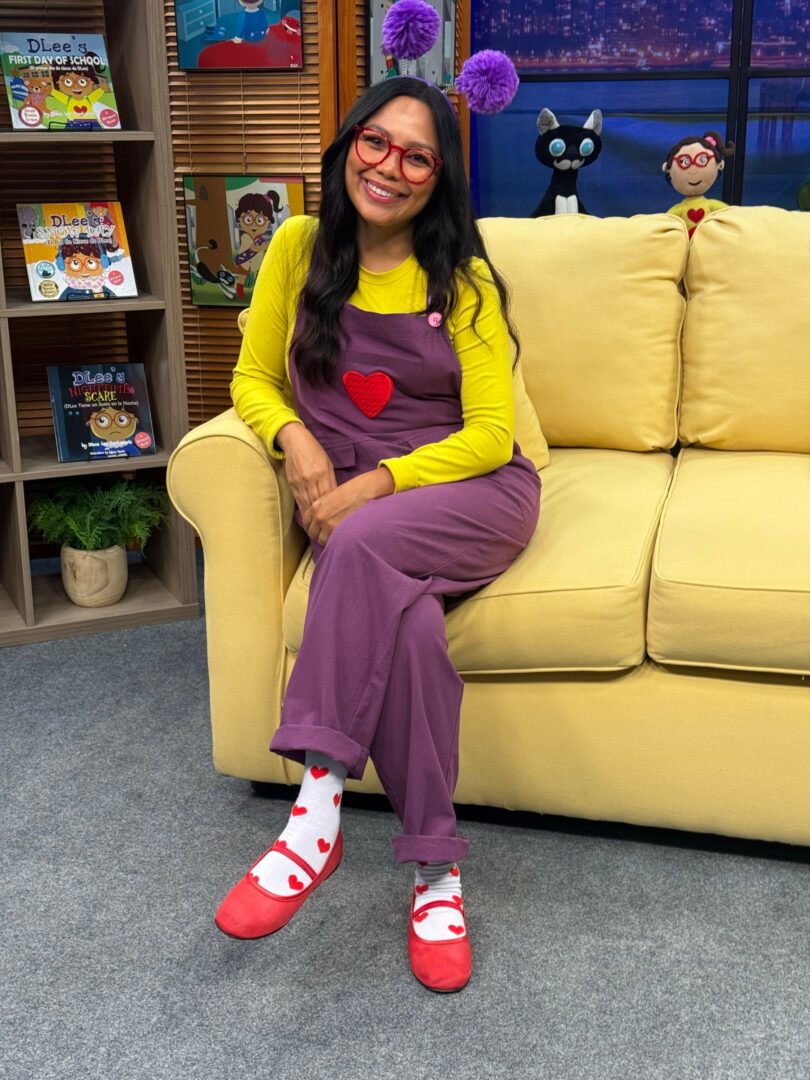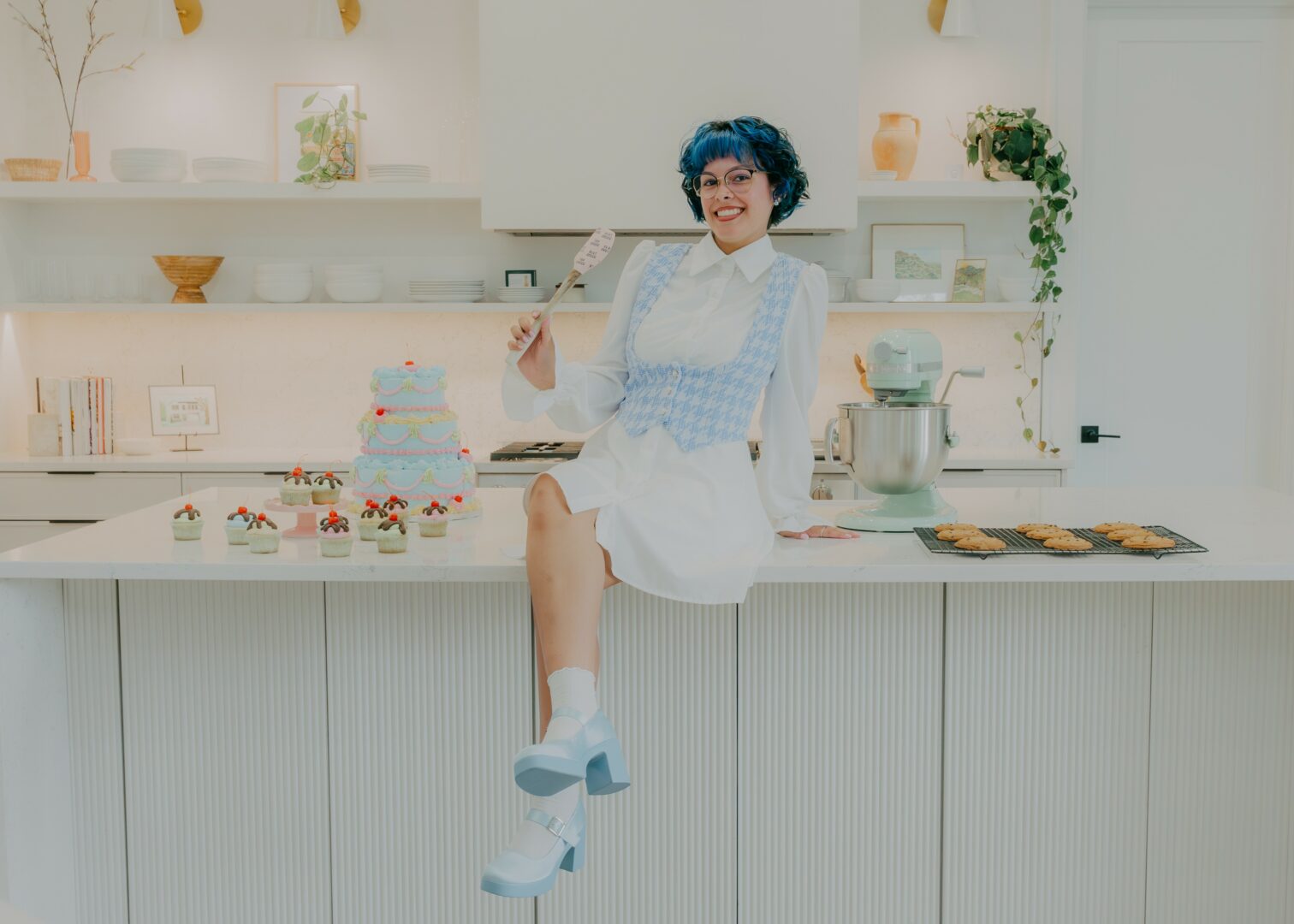We caught up with the brilliant and insightful Casey Cavanaugh a few weeks ago and have shared our conversation below.
Casey, so good to have you with us today. We’ve got so much planned, so let’s jump right into it. We live in such a diverse world, and in many ways the world is getting better and more understanding but it’s far from perfect. There are so many times where folks find themselves in rooms or situations where they are the only ones that look like them – that might mean being the only woman of color in the room or the only person who grew up in a certain environment etc. Can you talk to us about how you’ve managed to thrive even in situations where you were the only one in the room?
With this question, I immediately identify with my Native American ancestry. I think feeling like the only one in the room is something that a lot of Native Americans feel. We are under represented in almost all venues and our college drop out rates, and rates of even leaving urban settings to go back to the reservation are high. On the Rez, you’re in the majority. There is a complicated and inconvenient history between Native Americans and the United States Government. Indian law in this country included some of the worst treatment including extermination and genocide, to forced boarding schools, to assimilation and worse! There are terribly awful stories about what happened to our people and a lot of it is unknown to average Americans, but we know them from hearing about what happened to our ancestors. Because it’s an inconvenient history, most Americans are happy to live in a sort of ignorance of not acknowledging the past or history prior to American history, It is this phenomenon that can make Native people feel uncomfortable in modern, urban America. It can make us feel unrecognized, because our history has largely been unrecognized and the unacknowledged. I have learned to be successful even when I am the only one in the room by finding allies, and seeking out other Natives that have been successful in their passionate spaces. I think also, being the only one in the room can be empowering, especially if you look at it with a sense of paving the way for the next Indigenous person.
Most recently, like in the last few years, there have been some breakthroughs in the industry with more Natives paving the way including Lilly Gladstone who is a Native movie start who played in ‘Killers of the Flower Moon,’ and Ashley Callingbull, a Native model who was recently crowned Miss Universe Canada who will be running in the Miss Universe pageant. So, this is a really exciting time for Natives, because there are starting to be more of us to support each other in the room!

Thanks for sharing that. So, before we get any further into our conversation, can you tell our readers a bit about yourself and what you’re working on?
At Beaded with Love by Casey, I am focused on bringing beadwork to the forefront of both cultural appreciation and luxury fashion. My passion for beadwork stems from deep cultural roots and a desire to honor the traditional arts of my Shoshone ancestors. What makes my work exciting and unique is the ability to blend Native American tradition with contemporary style, creating beadwork pieces that are not only beautiful culturally, but can be a statement accessories.
Currently, I’m working towards expanding reach and increasing demand for beadwork beyond its traditional audience. Beadwork pieces can be so versatile in style and design. And each pieces is so carefully created with luxury in mind. It can appeal to a wide range of customers.
My current challenge is to broaden market appeal and make each piece launched an anticipated event, where customers are eager to secure unique, personally crafted pieces. My current goal is to elevate demand to a point where pieces sell as soon as they are completed, with customers excitedly waiting for the next drop. By creating an online market place, working on brand development and marketing, I’m aiming to build a brand that celebrates beadwork as both an artistic and fashionable expression.
I am also excited about upcoming launches, where I plan to release limited collections that showcase the versatility of beadwork, drawing inspiration from both traditional and modern design. These collections will highlight the luxury and uniqueness of each piece, making them something customers want to own, cherish, and even compete for when they drop. I strive to deliver cherished pieces that value this craftsmanship and traditional Native American art.

Looking back, what do you think were the three qualities, skills, or areas of knowledge that were most impactful in your journey? What advice do you have for folks who are early in their journey in terms of how they can best develop or improve on these?
1. Be patient – your time will come.
In any creative or entrepreneurial endeavor, patience is key. There are moments when it feels like you’re pouring your heart into your work but not seeing the results you want, and that can be discouraging. However, I’ve learned that success doesn’t always happen on the timeline we expect. Sometimes, you have to wait years for the right opportunity or the one that’s truly meant for you. But the waiting is not passive – it’s a time to refine your craft, grow as a person, and prepare for when that perfect opportunity does arrive. My advice for anyone just starting out is to trust the process. Stay consistent with your work, keep learning, and have faith that your moment will come when the time is right.
2. Reciprocity – give back.
Sharing your gifts is not only fulfilling but also essential for building meaningful connections with others. Reciprocity is a huge part of why I create and offer the art and services I do. Beadwork is much more than just a product to me; it’s a way to help people feel connected to their heritage and culture. When you give back – whether it’s through your art, your time, or your knowledge – you’ll find that others will reciprocate. It creates a positive cycle where you lift others up, and in return, people want to support and elevate you. So, for those early in their journey, I’d say: don’t hold back your gifts. Share your creativity, your passion, and your knowledge generously, and you’ll find the universe responds in kind.
3. Support other artists.
No one succeeds in isolation. A strong creative community is essential, and supporting other artists – even in small ways – is incredibly valuable. It doesn’t have to be anything big; sometimes, simply liking another artist’s Instagram post or buying a $5 lip gloss at a local market can make a difference. I believe in lifting each other up because there’s enough space for everyone to succeed. Supporting others strengthens the creative ecosystem and builds genuine connections. My advice here is simple: make an effort to show up for other creators. Celebrate their wins, share their work, and be part of their support network. When you help others thrive, you become part of a community that will support you in return.
For anyone starting out, these three principles – patience, reciprocity, and supporting your fellow artists – can make a huge difference in both your personal and professional journey.

Awesome, really appreciate you opening up with us today and before we close maybe you can share a book recommendation with us. Has there been a book that’s been impactful in your growth and development?
‘Braiding Sweetgrass’ by Robin Wall Kimmerer. One noteworthy nugget is something to the effect of “Gifts from the earth, like strawberries are mores special, and taste sweeter, than the ones you buy at the store, just like a handmade gift from your friend will be more cherished and cared for than a store bought gifts.”
Contact Info:
- Website: https://BeadedwithlovebyCasey.com
- Instagram: https://www.instagram.com/beadedwithlovebycasey/
- Other: https://shoutoutarizona.com/meet-casey-cavanaugh-native-american-shoshone-beadwork-artist/?


Image Credits
The two professional portraits are by Reba Benally, Navajo Photographer in Phoenix, AZ
so if you or someone you know deserves recognition please let us know here.




